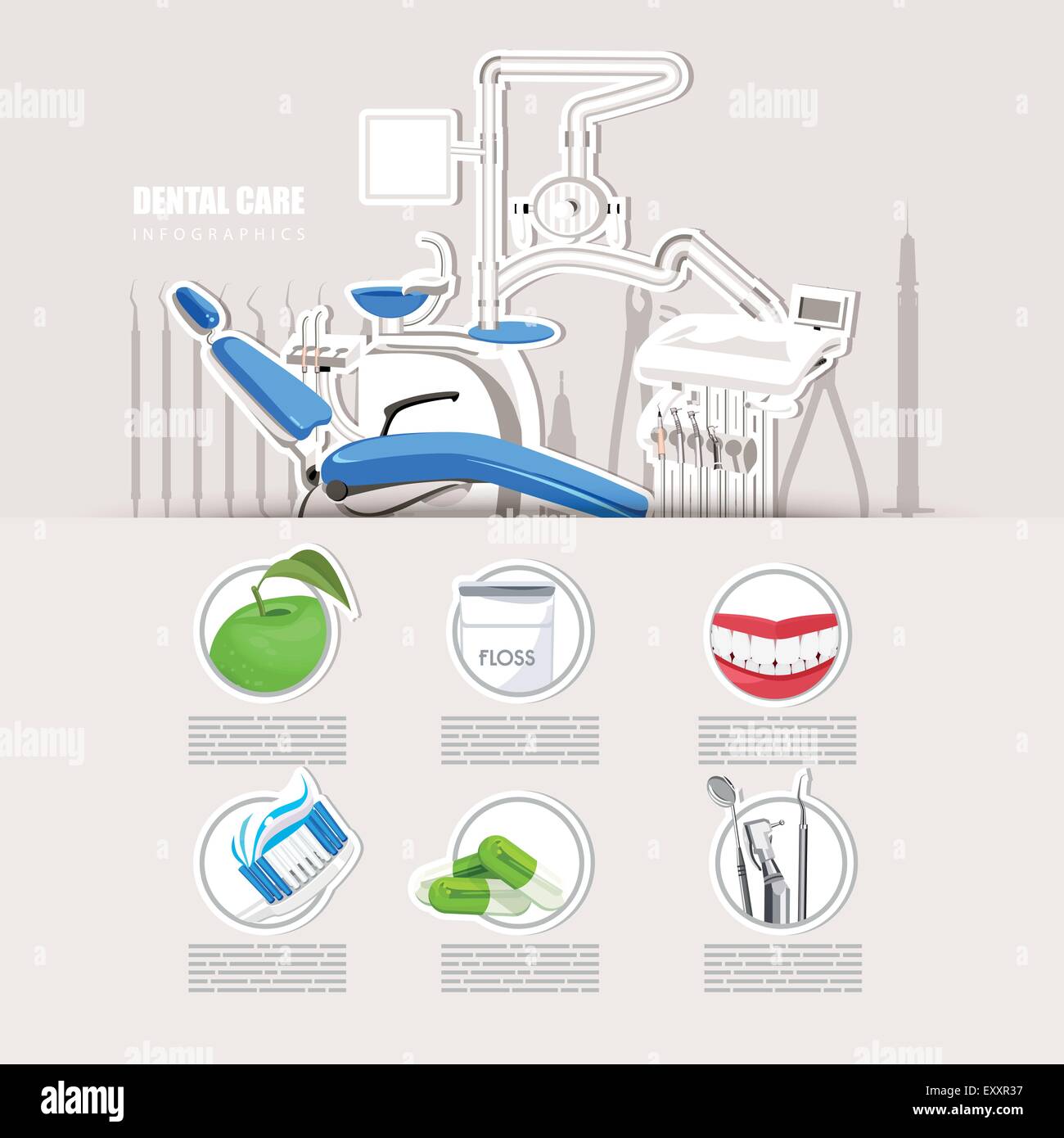Prepare Yourself For Unpredicted Dental Emergencies By Having The Ability To Identify The Signs Of Trauma And Recognizing The Suitable Time To Seek Prompt Clinical Interest
Prepare Yourself For Unpredicted Dental Emergencies By Having The Ability To Identify The Signs Of Trauma And Recognizing The Suitable Time To Seek Prompt Clinical Interest
Blog Article
Content Develop By-Montoya Rivas
If you feel an unexpected shock of discomfort or see a tooth injury, it can be distressing. Yet just how do you figure out if it's a dental emergency situation that needs prompt focus? Comprehending the essential indicators and understanding when to look for help can make all the difference in preserving your oral health and wellness. Knowing when to act quickly can mean the distinction between a quick fix and a lot more considerable therapy.
Common Types of Dental Injury
What're the typical kinds of oral injury that you should understand?
Crashes can happen, leading to various types of dental injuries. One typical kind of dental trauma is a split tooth. https://can-you-reverse-periodont85172.dailyblogzz.com/31223742/making-clear-common-misbeliefs-concerning-dental-implants can take place from attacking down on something hard or experiencing a strike to the face.
Another type is a busted tooth, where a part of the tooth can chip off. Additionally, top rated dental implants near me might experience a knocked-out tooth, which can take place throughout sporting activities or falls. It's critical to handle the tooth thoroughly and seek prompt oral interest.
Oral trauma can also include a tooth that has actually been pushed out of position or loosened as a result of an injury. https://milomhbvq.webdesign96.com/31219871/a-comprehensive-overview-to-the-diverse-range-of-oral-treatments-and-procedures of injury needs timely treatment to save the tooth.
Lastly, soft cells injuries in the mouth, such as cuts, can likewise occur from mishaps. Learning about these usual types of dental injury can assist you act quickly and suitably in case of an emergency.
Signs of Dental Emergencies
Acknowledging the signs of dental emergency situations is vital for punctual action and proper therapy. If you experience extreme tooth discomfort that's constant and pain, it might suggest a hidden problem that calls for immediate attention.
Swelling in the gums, face, or jaw can additionally suggest an oral emergency, especially if it's accompanied by discomfort or fever. Any type of sort of injury to the mouth leading to a fractured, damaged, or knocked-out tooth ought to be treated as an emergency situation to prevent further damages and possible infection.
Bleeding from the mouth that doesn't quit after using stress for a few minutes is an additional red flag that you ought to seek emergency situation dental treatment. Additionally, if you notice any indications of infection such as pus, a nasty preference in your mouth, or a high temperature, it's important to see a dental professional as soon as possible.
Overlooking these signs could lead to more serious complications, so it's important to act quickly when faced with a potential dental emergency situation.
Significance of Immediate Treatment
Motivate activity and immediate treatment are crucial in addressing dental emergency situations to stop further complications and make certain optimum outcomes for your dental health.
When faced with an oral emergency situation, such as a knocked-out tooth or extreme tooth pain, looking for instant treatment can make a significant difference in saving your tooth and alleviating discomfort. Postponing treatment can bring about infection, raised discomfort, and even irreversible damage to your teeth and gum tissues.
By looking for emergency oral care without delay, you boost the possibilities of effective therapy and restoration. Dental practitioners have the essential abilities and devices to deal with emergencies successfully, lowering the threat of lasting effects.
In addition, immediate treatment can assist manage discomfort and pain, allowing you to resume your day-to-day activities without diversion.
Conclusion
Finally, understanding dental injury and recognizing when to seek emergency treatment is critical for keeping oral health and wellness.
By identifying common types of oral injuries and the signs of oral emergencies, you can make sure punctual like stop further damage and complications.
Keep in mind, looking for instant therapy can save teeth, reduce discomfort, and raise the opportunities of successful healing.
Don't hesitate to seek aid from a dental specialist if you experience any type of signs of oral injury.
